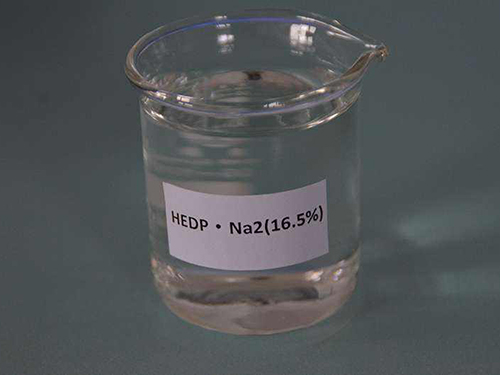Poly Aluminum Chloride for Effective Water Treatment Solutions and Applications
The Role of Poly Aluminum Chloride in Water Treatment
Water treatment is an essential process in maintaining public health and ensuring the availability of clean drinking water. Among the numerous chemicals used in this process, Poly Aluminum Chloride (PAC) has emerged as a prominent coagulant due to its effectiveness and versatility. In this article, we will explore the properties of PAC, its mechanisms in water treatment, and its benefits over traditional coagulants.
What is Poly Aluminum Chloride?
Poly Aluminum Chloride is an inorganic compound composed primarily of aluminum, chlorine, and oxygen. It is synthesized by neutralizing aluminum hydroxide or aluminum oxide with hydrochloric acid. PAC is available in various formulations, including liquid and powder forms, making it adaptable for different water treatment applications. Its chemical structure allows it to carry a positive charge, which is crucial for its function as a coagulant.
Mechanism of Action
The primary function of PAC in water treatment is to aid coagulation and flocculation. When added to water, PAC dissociates to release aluminum ions, which neutralize the negative charges present on suspended particles, colloids, and microorganisms. As the particles lose their charge, they begin to aggregate into larger clumps or flocs. These flocs can then be easily removed from the water through sedimentation or filtration.
The effectiveness of PAC is attributed to its unique structure that provides a higher charge density relative to traditional aluminum-based coagulants such as Aluminum Sulfate (alum). This higher charge density improves the rapidity of floc formation and enhances the settling properties of the flocs, resulting in clearer effluent.
Benefits of Using PAC in Water Treatment
1. Enhanced Removal Efficiency One of the primary advantages of PAC is its improved performance in removing suspended solids, turbidity, and organic matter compared to traditional coagulants. This leads to higher-quality treated water, which is essential for both drinking water and wastewater applications.
poly aluminum chloride water treatment

2. Lower Dosage Requirements Due to its higher charge density, PAC typically requires lower doses than alum to achieve the same coagulation effect. This not only reduces chemical costs but also minimizes the generation of sludge.
3. Versatility PAC can be effectively used across a range of pH levels and water qualities, making it suitable for various applications, including municipal water treatment, industrial wastewater treatment, and even in food processing.
4. Reduction of Residual Aluminum One of the environmental concerns associated with traditional aluminum coagulants is the residual aluminum left in the treated water. PAC, due to its specific chemical properties, tends to leave less residual aluminum, thus mitigating the risk of potential health concerns associated with aluminum exposure.
5. Improved Filtration Rates The use of PAC in water treatment processes has been shown to improve filtration rates, leading to more efficient operations and reduced backwash frequency in filter systems.
Considerations and Challenges
While PAC offers numerous advantages, its use is not without challenges. Operators need to monitor pH levels carefully, as the effectiveness of PAC can vary with changes in water chemistry. Additionally, the cost of PAC may be higher than traditional coagulants in some regions, which can affect its widespread adoption.
Furthermore, understanding the specific water quality characteristics of the source being treated is essential for optimal dosing and performance. Training and expertise in water treatment are crucial to maximize the benefits of using PAC.
Conclusion
In summary, Poly Aluminum Chloride is a highly effective and versatile coagulant in water treatment processes. Its ability to improve coagulation and flocculation while offering several operational benefits positions it as a valuable alternative to traditional aluminum-based coagulants. As the demand for clean water continues to grow, the adoption of innovative solutions such as PAC will play a crucial role in ensuring that water treatment facilities can meet the challenges of modern water quality management. By leveraging the unique properties of PAC, we can enhance the treatment of both drinking water and wastewater, contributing to public health and environmental sustainability.
-
LK-319 Special Scale And Corrosion Inhibitor For Steel Plants: Advanced Solutions for Industrial Water SystemsNewsAug.22,2025
-
Flocculant Water Treatment: Essential Chemical Solutions for Purification ProcessesNewsAug.22,2025
-
Isothiazolinones: Versatile Microbial Control Agents for Industrial and Consumer ApplicationsNewsAug.22,2025
-
Scale Inhibitor: Key Solutions for Water System Scale PreventionNewsAug.22,2025
-
Organophosphonates: Versatile Scale Inhibitors for Industrial Water SystemsNewsAug.22,2025
-
Scale and Corrosion Inhibitor: Essential Chemical Solutions for Water System MaintenanceNewsAug.22,2025





